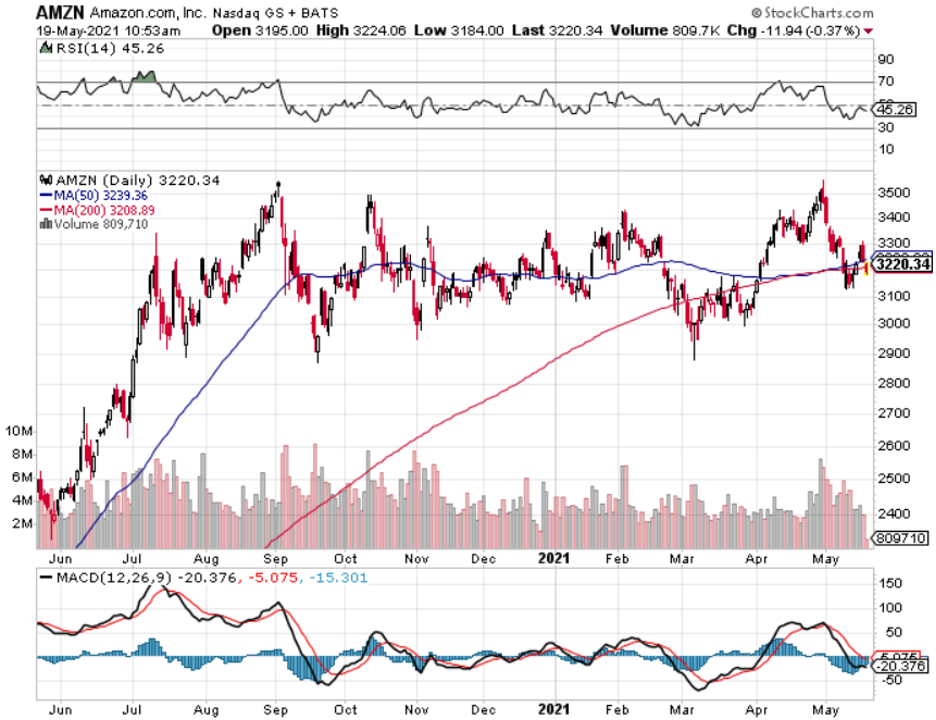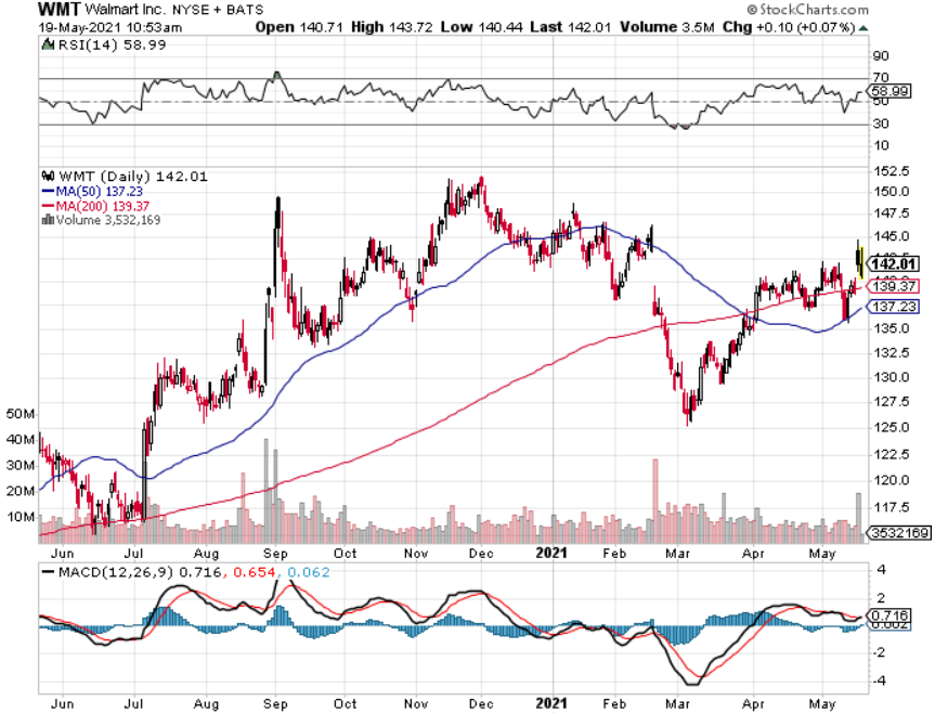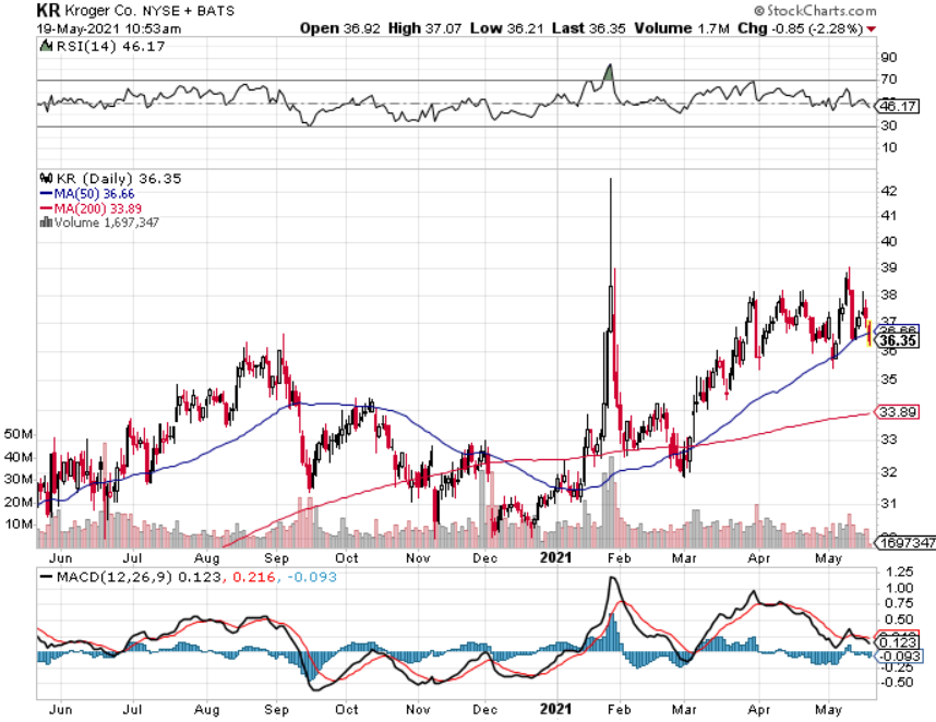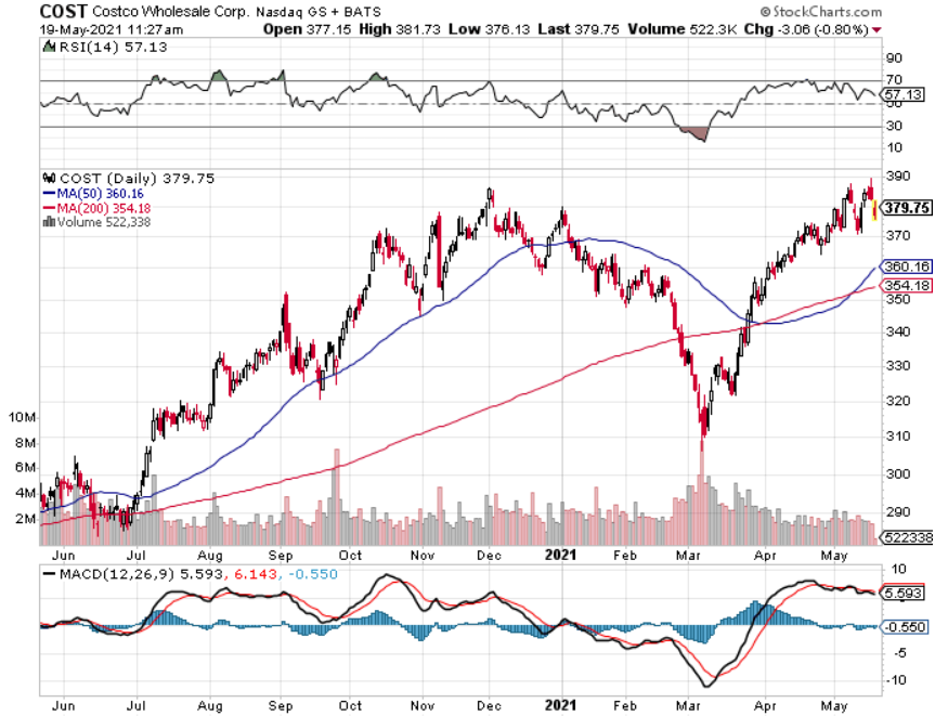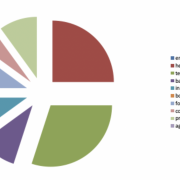Was 2020 a one-hit-wonder for U.S. ecommerce sales?
Hardly so.
US retail ecommerce sales grew 33.6% in 2020, reaching $799.18 billion.
As the public health situation fizzles out, in-store shopping will refresh itself, and a share of consumer spending will revert away from retail and toward services like travel and live entertainment.
Consensus has it that U.S. ecommerce will grow 13.7% this year, reaching $908.73 billion, and although that would be a great year under normal circumstances, annualized growth of 13% appears pitiful compared to the pandemic numbers.
It was only at the beginning of 2020 that ecommerce was expected to grow 13.2% from 2019, but the health crisis ignited ecommerce sales to $799.18 billion.
Ecommerce growth from a much higher base is a hard endeavor as all the low-hanging fruit has been harvested and it’s just harder to push the needle higher.
What does this all mean?
Ecommerce represents a larger piece of the pie than ever before and that comes with greater influence.
I now expect ecommerce sales will account for 15.5% of the $5.856 trillion in total retail sales this year.
Ecommerce sales will surpass $1 trillion next year.
It also means that digital commerce has never been so strong in terms of a percentage growth basis, net total basis, and clout.
However, growth rates will need to moderate first before they can reaccelerate.
Looking at the financial year, look for sales to rise by a low single for the big-box retailer Walmart (WMT) showing that numbers are getting ahead of themselves.
Walmart is an accurate bellwether stock that gives us deep insight into the state of ecommerce, and they said it sees earnings rising by a high single-digit percent.
Guidance aside, Walmart had a great quarter.
Every segment performed well, and I am encouraged by traffic and grocery market share trends.
But customers clearly want to get out and shop which is why growth rates will most likely drop around 13% for ecommerce instead of staying north of 30%.
Walmart’s ecommerce continues to grow and stimulus in the U.S. had an outsized impact, and the second half has more uncertainty than a typical year because the reopening is a once-in-a-lifetime phenomenon and it’s hard to pinpoint the shake out.
Remember, there most likely will not be any broad-based stimulus payments in the 2nd half of 2021 and 2022 that will be rolled into Walmart ecommerce sales.
Walmart is clearly chasing the leader of the pack Amazon.
Amazon is on track to become the largest retailer in the United States within the next four years, followed by the aforementioned Walmart and Kroger.
Kroger has been a fashionable pick amongst hedge fund managers in the beginning of 2021.
Amazon (AMZN) gross merchandise value sales (GMV) will top $631.6 billion by 2025, representing a compound annual growth rate of 14% between 2020 and 2025.
The same report showed us that Walmart’s ecommerce sales are set to grow at a five-year CAGR of 14.9% from $43.6 billion in 2020 to $87.5 billion in 2025, accounting for 16.7% of total retailer sales in 2025.
Ecommerce is the only channel that will grow in the next 5 years, everything else, such as offline retail will contract or go sideways at best.
It’s a death by a thousand cuts type of dilemma for anyone that isn’t in ecommerce.
Costco (COST), the fourth largest U.S. retailer, is expected to invest heavily in its digital business, with its online sales set to increase by 47% over the same period, reaching $15.3bn in 2025.
Over the next few years, Generation Z will age into adulthood and bring with them a digital wallet and firms will need to focus investment online and engage with the digital ecosystem in order to win market share.
Gen Z doesn’t use cash.
Online grocery is set to stay even in healthy times, but the pace of growth for online grocery will level off after the 2020 explosion.
Fresh grocery ecommerce is still expected to grow at 13.3% CAGR between now and 2025 which is why you see many retailers like Walmart investing in the fresh foods’ delivery business.
Habits are hard to break and it’s clear that digital add-ons are here to stay, and brands must cultivate digital platforms to win.
